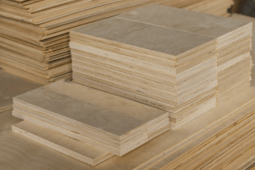The Right Way to Store Your Patio Furniture for Winter (Most People Get It Wrong)
As the leaves begin to fall and the air turns crisp, it’s time to think about protecting your outdoor oasis from the harsh winter elements. Properly storing your patio furniture is crucial to maintaining its beauty and longevity. With our comprehensive guide, you’ll learn how to winterize your outdoor pieces like a pro, ensuring they’re ready to shine when spring rolls around.
Preparing Your Patio Furniture for Winter Storage
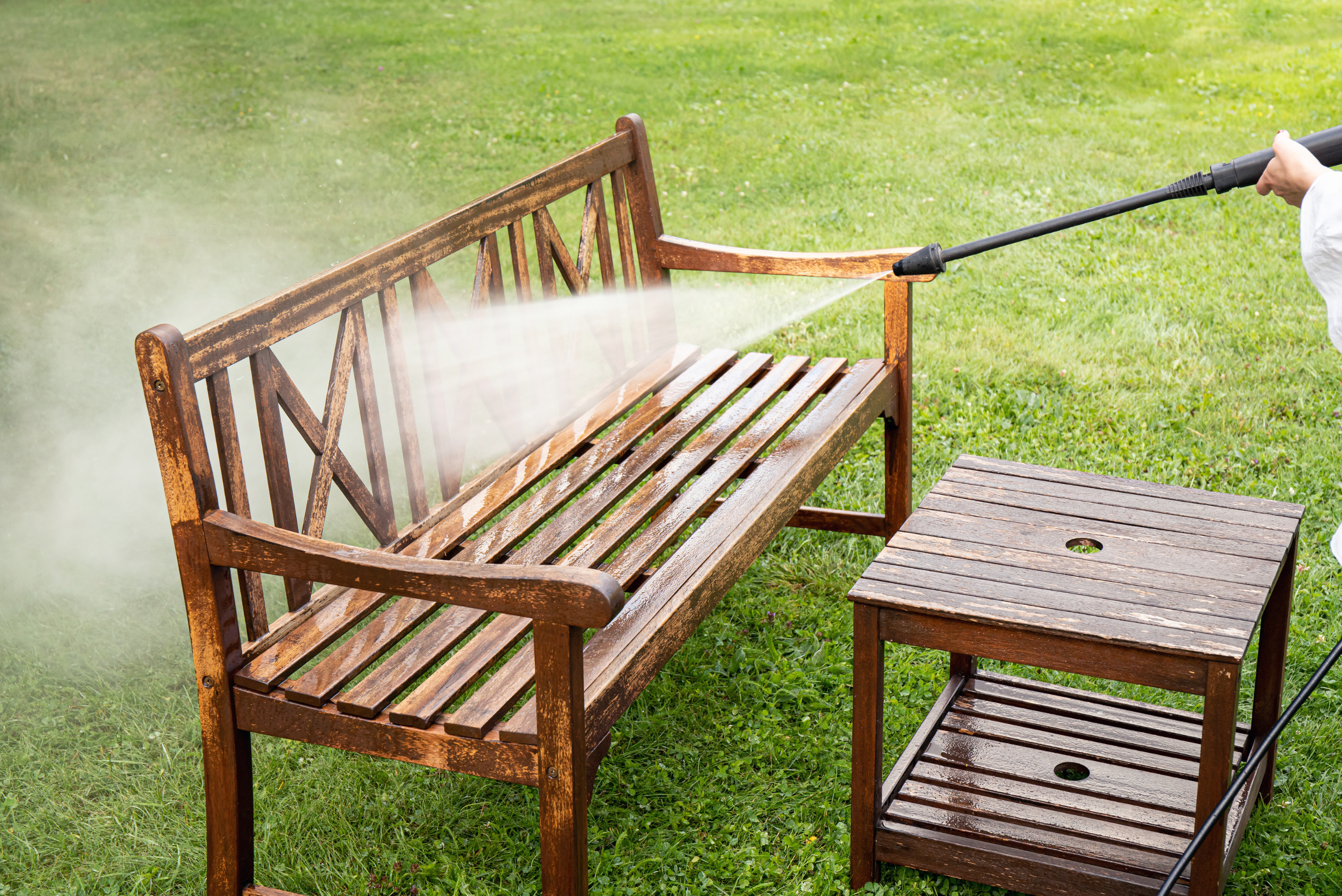
Before you even think about storing your patio furniture, it’s crucial to give it a thorough cleaning. Start by removing any cushions or fabric elements and set them aside. For metal, plastic, or wicker furniture, use a mild soap and water solution to scrub away dirt, grime, and any mildew that may have accumulated over the summer months. Pay special attention to crevices and hard-to-reach areas where debris can collect.
Once you’ve cleaned your furniture, it’s essential to ensure that everything is completely dry before storage. Moisture trapped in cushions or on furniture surfaces can lead to mold and mildew growth, which can cause permanent damage and unpleasant odors. Allow your furniture to air dry in the sun for at least 24 hours, or use a clean, dry cloth to wipe down surfaces if time is of the essence. Remember, thorough drying is key to preventing winter damage.
Breaking Down Furniture for Efficient Storage
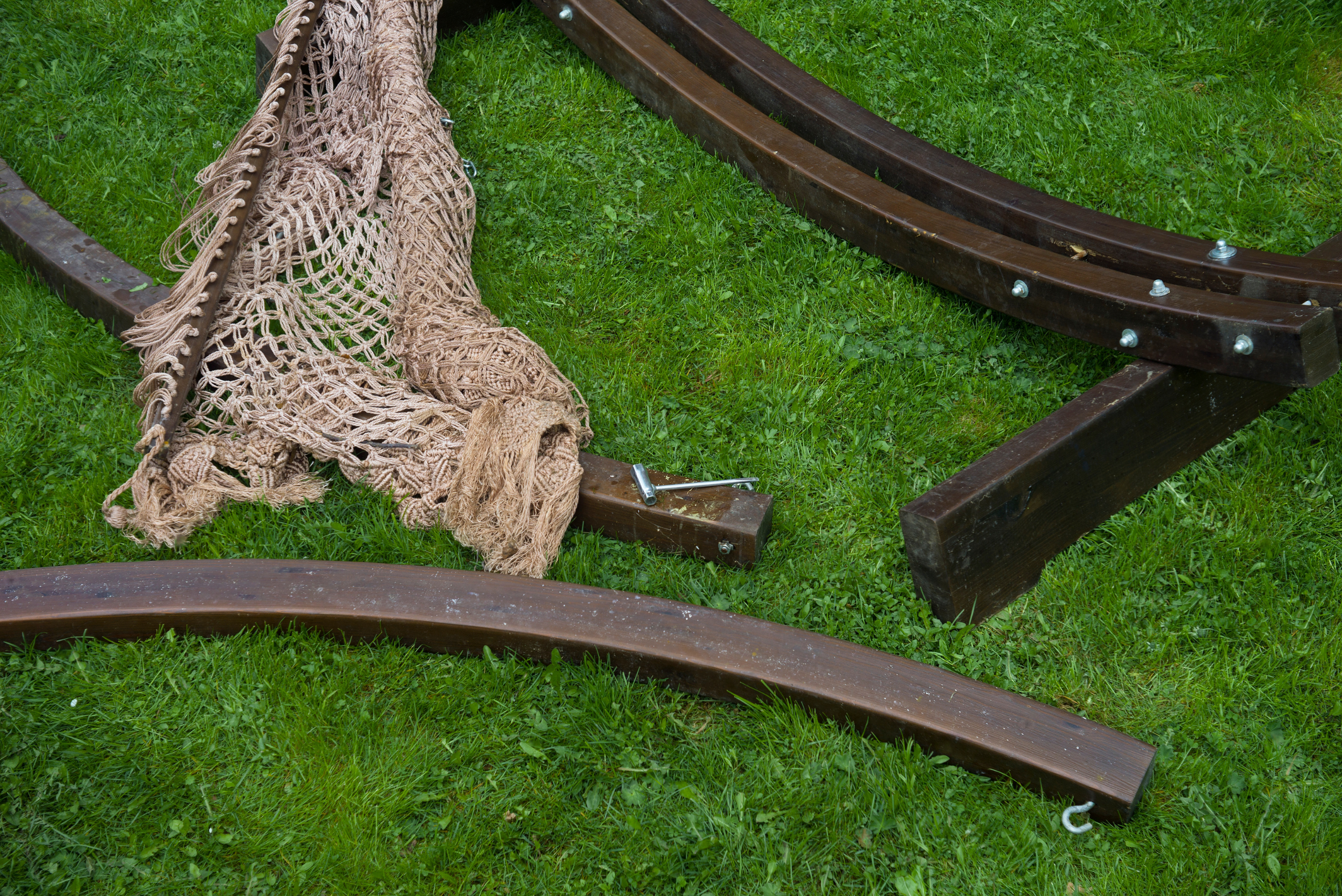
To maximize storage space and protect individual components, consider disassembling your patio furniture. Remove table legs, detach chair backs, and separate any removable parts. This not only makes storage more compact but also allows you to clean and inspect each piece thoroughly. As you disassemble, keep track of all hardware by storing screws, bolts, and other small parts in labeled plastic bags.
Organize your disassembled furniture by grouping similar items together. This will make reassembly in the spring much easier and ensure that no pieces go missing during the winter months. For added protection, wrap individual components in bubble wrap or moving blankets to prevent scratches and dings while in storage. By taking the time to disassemble and organize your patio furniture properly, you’ll save yourself headaches when it’s time to set up your outdoor space again.
Start your next woodworking adventure with TedsWoodworking! Dive into 16,000+ projects and bring your ideas to life. Build unique furniture and master new skills with Ted’s detailed, step-by-step plans guiding you every step of the way.
Choosing the Right Protective Covers for Outdoor Furniture
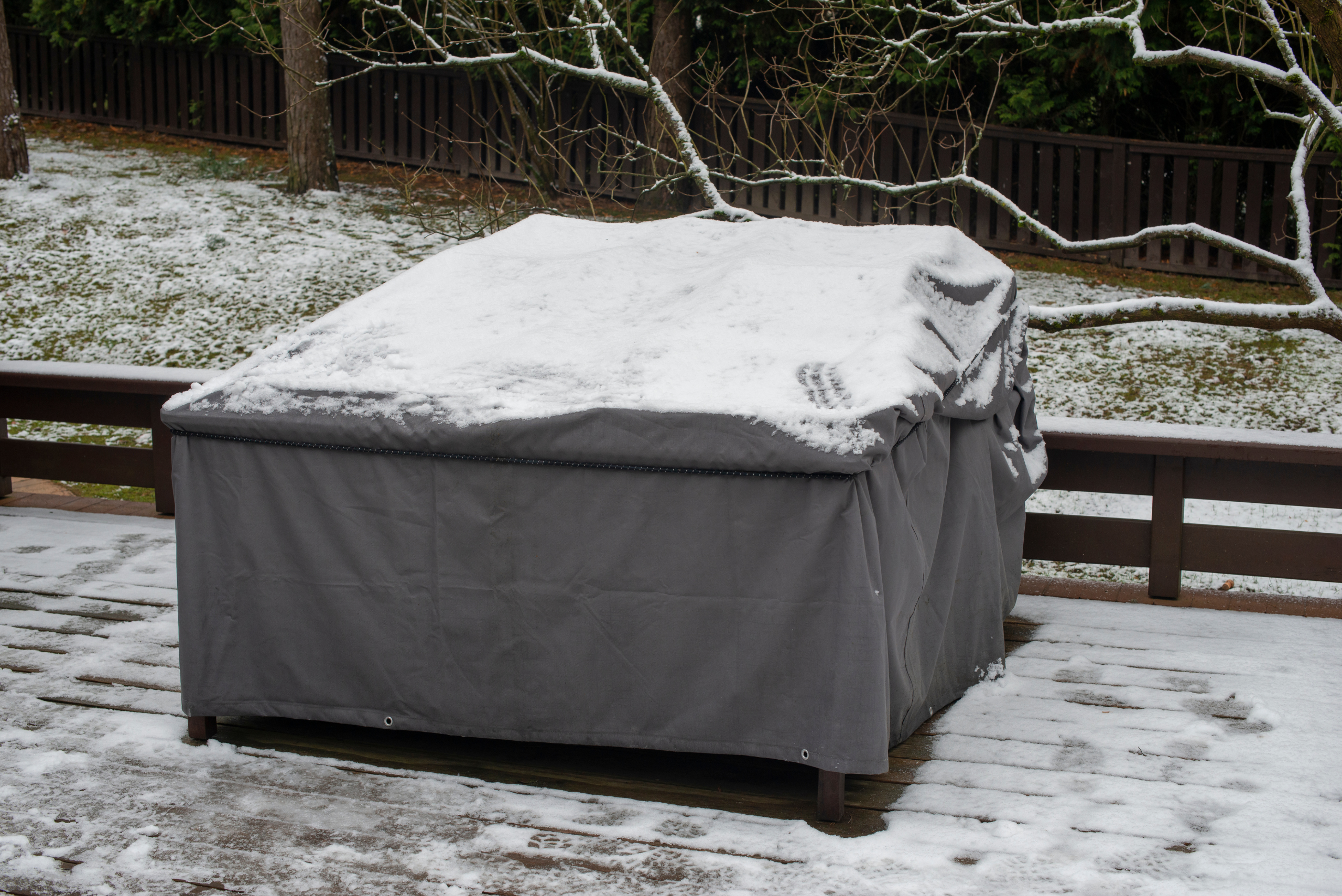
Investing in high-quality furniture covers is one of the best ways to protect your patio pieces during winter storage. Look for covers made from durable, water-resistant materials that can withstand harsh weather conditions. Ensure that the covers you choose are specifically designed for your furniture type and size for the best fit and protection. Avoid using plastic tarps, as they can trap moisture and lead to mold growth.
When applying covers, make sure they’re securely fastened to prevent them from blowing away in strong winds. Many covers come with tie-downs or elastic hems for this purpose. For extra protection, consider using furniture covers even if you’re storing your patio pieces indoors. This additional layer will help keep dust and pests at bay, ensuring your furniture remains in pristine condition throughout the winter months.
Selecting an Ideal Winter Storage Location
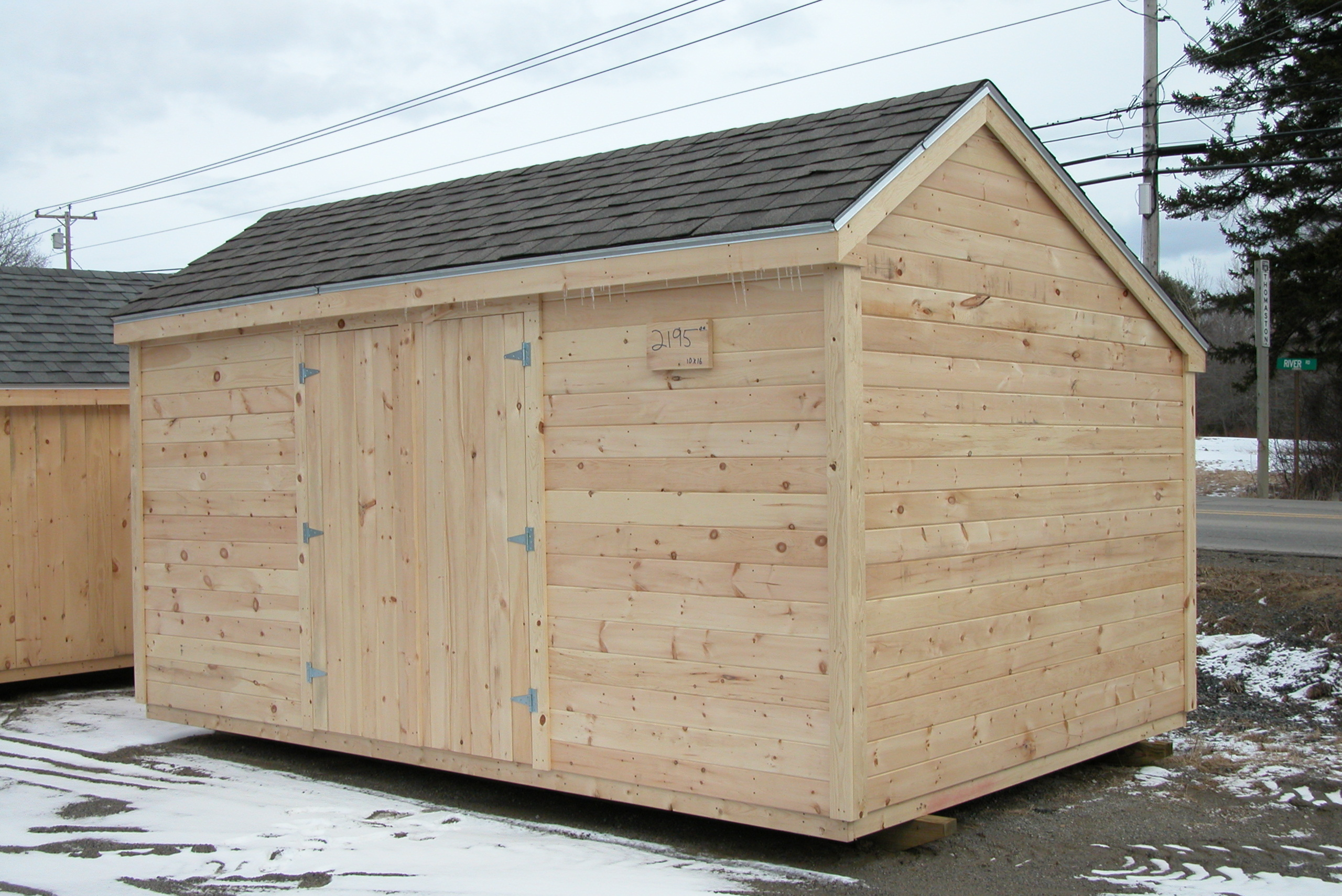
Choosing the right storage location is crucial for protecting your patio furniture during the winter months. If possible, store your furniture indoors in a dry, climate-controlled environment such as a garage, basement, or storage unit. This provides the best protection against moisture, temperature fluctuations, and pests. If indoor storage isn’t an option, look for a sheltered outdoor area like a covered porch or under a deck.
When storing furniture outdoors, elevate it off the ground using pallets or blocks to prevent moisture absorption. If you’re using a shed or outdoor storage container, consider adding a dehumidifier to control moisture levels. For furniture that must remain outside, ensure it’s placed in a location protected from direct sunlight, snow, and ice. Remember, the more protection you can provide, the better your furniture will weather the winter season.
Properly Storing Cushions and Outdoor Textiles
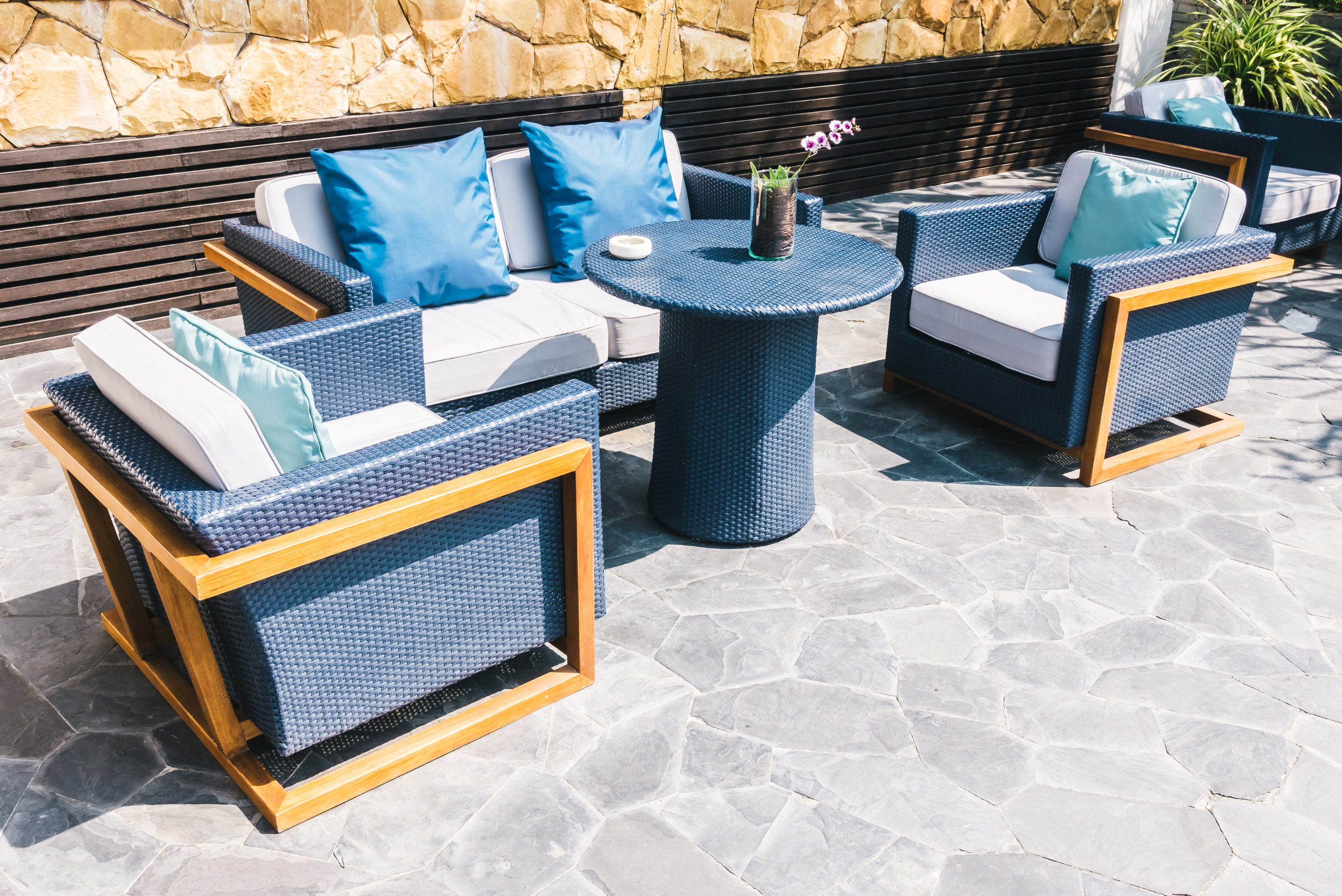
Outdoor cushions and textiles require special attention when it comes to winter storage. After cleaning and thoroughly drying your cushions and pillows, store them in a dry, indoor location to prevent mold and mildew growth. If space is limited, consider using vacuum storage bags to compress the fabric items and save room. For added protection, wrap cushions in plastic before placing them in storage bags.
Umbrellas and outdoor rugs should also be cleaned, dried, and stored indoors if possible. For umbrellas, ensure they’re completely dry before closing and storing them in a protective cover. Roll outdoor rugs tightly and wrap them in plastic or a protective cover to keep them clean and dry. By properly caring for your outdoor fabrics, you’ll ensure they’re fresh and ready for use when spring arrives.
Inspecting and Repairing Before Winter Storage
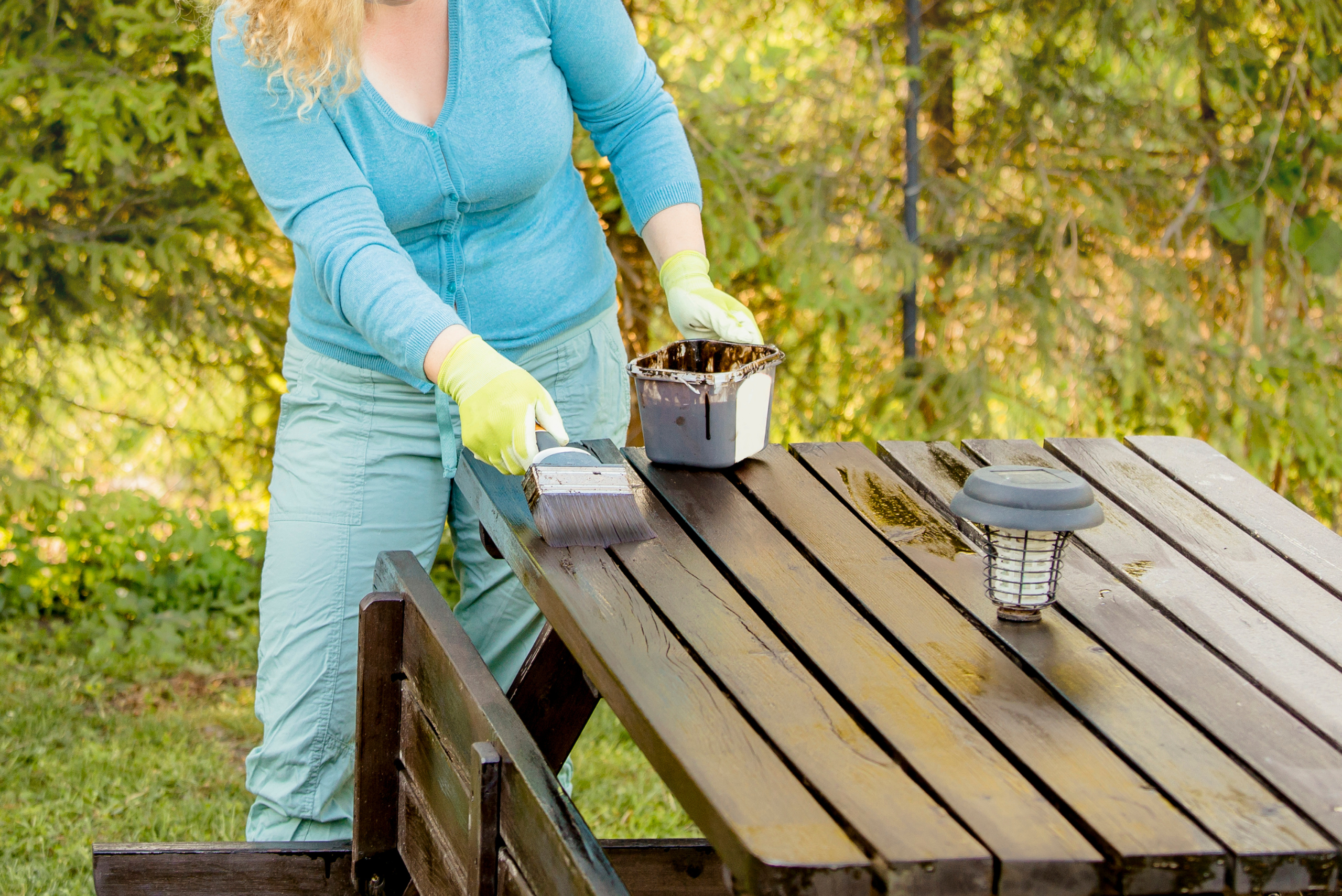
Before tucking your patio furniture away for the winter, take some time to inspect each piece for any signs of damage or wear. Look for loose screws, rust spots, or cracks that may need attention. Addressing these issues before storage can prevent them from worsening over the winter months and save you time and money come spring. For metal furniture, consider applying a coat of car wax to provide an extra layer of protection against moisture and rust.
If you notice any significant damage or wear, now is the time to make repairs or consider replacement. Touch up any chipped paint, tighten loose connections, and replace any worn-out parts. By performing this maintenance check, you’ll ensure that your patio furniture is not only protected during winter storage but also ready for immediate use when the warm weather returns.
Related Articles
- How To Clean Patio Pavers Without a Pressure Washer
- 8 Creative Ideas with Plans for DIY Patio Furniture to Spruce Up Your Backyard
- How to Clean Patio Furniture To Enjoy Ultimate Outdoor Comfort
By following these steps to store your outdoor patio furniture for winter properly, you’re taking an important step in preserving your investment and ensuring a beautiful outdoor space for years to come. Remember, a little effort now can save you time, money, and frustration in the long run. As you pack away your patio pieces, take a moment to envision the warm spring days ahead when you’ll once again be able to enjoy your well-maintained outdoor oasis.
Ready to start your next project? Join our DIY community to receive tool tips, how-to guides, and exclusive creative insights. Subscribe to the ManMadeDIY newsletter now! Click here to unlock a world of hands-on inspiration.

